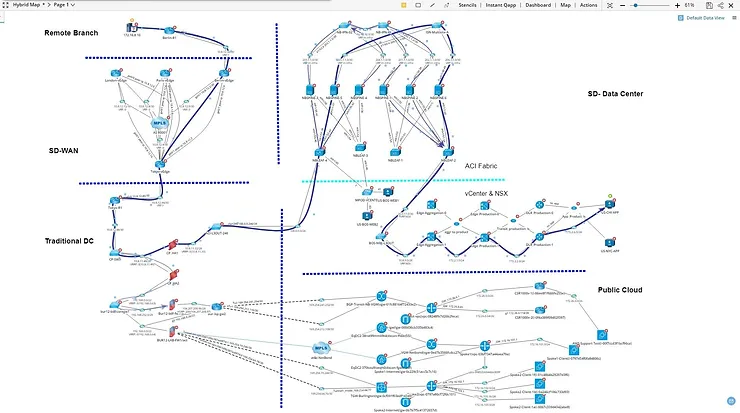Automating Success: The Role of Automation in IT Infrastructure

The significance of automation in managing IT infrastructure cannot be overstated. Automation has become the backbone of operational efficiency, offering many advantages that contribute to the success of an organization, but in today complex environments it is harder and harder to implement automation. Why? Most automation in the past has required significant developer resources to code automations, test them and implement them. Most infrastructure teams don’t have the time to learn new coding languages, plus maintain the very backbone environments that their organizations count on.
Enter No-Code automation. No-code automation refers to the practice of automating tasks and workflows without the need for traditional programming or coding skills. It empowers individuals, particularly those without a coding background, to design and implement automated processes using intuitive graphical interfaces. In the realm of IT infrastructure, no-code automation has become a game-changer for teams, offering numerous benefits.
-
Accessibility and Empowerment: No-code automation democratizes the automation process, allowing a broader range of team members to actively participate in designing and implementing automated workflows.
-
Rapid Deployment: Traditional coding can be time-consuming, but with no-code automation, infrastructure teams can quickly create and deploy automated solutions.
-
Reduced Dependence on Developers: No-code platforms enable infrastructure teams to create and modify automation processes without relying on dedicated development resources.
-
Flexibility and Adaptability: No-code tools provide a flexible environment where infrastructure teams can easily adapt automation to evolving requirements. This adaptability ensures that processes remain aligned with the changing needs of the organization.
-
Efficiency and Error Reduction: No-code automation streamlines workflows and reduces the risk of human errors associated with manual tasks. This not only enhances the efficiency of infrastructure operations but also contributes to the overall reliability and stability of the IT environment.
-
Enhanced Security: Automation contributes significantly to enhancing the security posture of an organization. It ensures consistent application of security policies, timely patching, and quick response to security incidents. By reducing the human factor in security management, automation strengthens the overall resilience of IT infrastructure.
-
Digital Twins and Roll-Back Changes: The concept of digital twins allows organizations to create virtual replicas of their infrastructure. This enables testing and validating changes in a simulated environment, making it easier to roll back changes seamlessly in case of any unexpected issues. This capability minimizes downtime and accelerates problem resolution.
-
Cost-Effective Solutions: By minimizing the need for extensive coding expertise and reducing development time, no-code automation offers a cost-effective approach to implementing and maintaining automated processes. This is especially beneficial for organizations looking to optimize their resources.
In essence, no-code automation revolutionizes the way infrastructure teams approach automation, making it more accessible, efficient, and adaptable. This approach empowers teams to meet the growing demands of IT infrastructure with agility and ease, ultimately contributing to the organization's overall success.
What to Automate
Automations do not need to be complicated to start seeing a major impact in your operations, security, and in your resiliency.
Easiest Automations (That save 100’s of hours)
Preventative Checks
-
CPU and Memory utilization – Network availability
-
Inspect network changes – Outage / breach avoidance
-
Perform checks for compliance mandates – Avoiding compliance failures
-
Check for open ports that should not be open – Preventative security
-
Failover Readiness - Automating failover readiness ensures that in the event of a system failure, the transition to a backup or redundant system occurs seamlessly. This not only minimizes downtime but also enhances the overall reliability of the IT infrastructure.
-
Network Degradation- Automation in monitoring and managing network degradation allows organizations to proactively address performance issues. Identifying and rectifying network problems before they impact user experience ensures a smooth and uninterrupted flow of services.
-
Security Compliance- Automating security compliance involves the consistent application of security policies to ensure adherence to industry regulations and standards.
The chart below also outlines simple automations and the business impact of them beyond just time savings:

Automating IT infrastructure is a strategic imperative for organizations aiming to stay ahead in the digital era. The advantages of consistency, digital twins, mitigating slow employee growth, and enhancing security, along with focused automation in failover readiness, network degradation, security compliance, and application path validation, underscore the transformative power of automation.
As we focus on the engineering side of automation in this post, stay tuned for next week's discussion on how AI/Ops and automation can propel your organization's productivity into overdrive. Embrace the future of IT with automation, and watch your success unfold.

